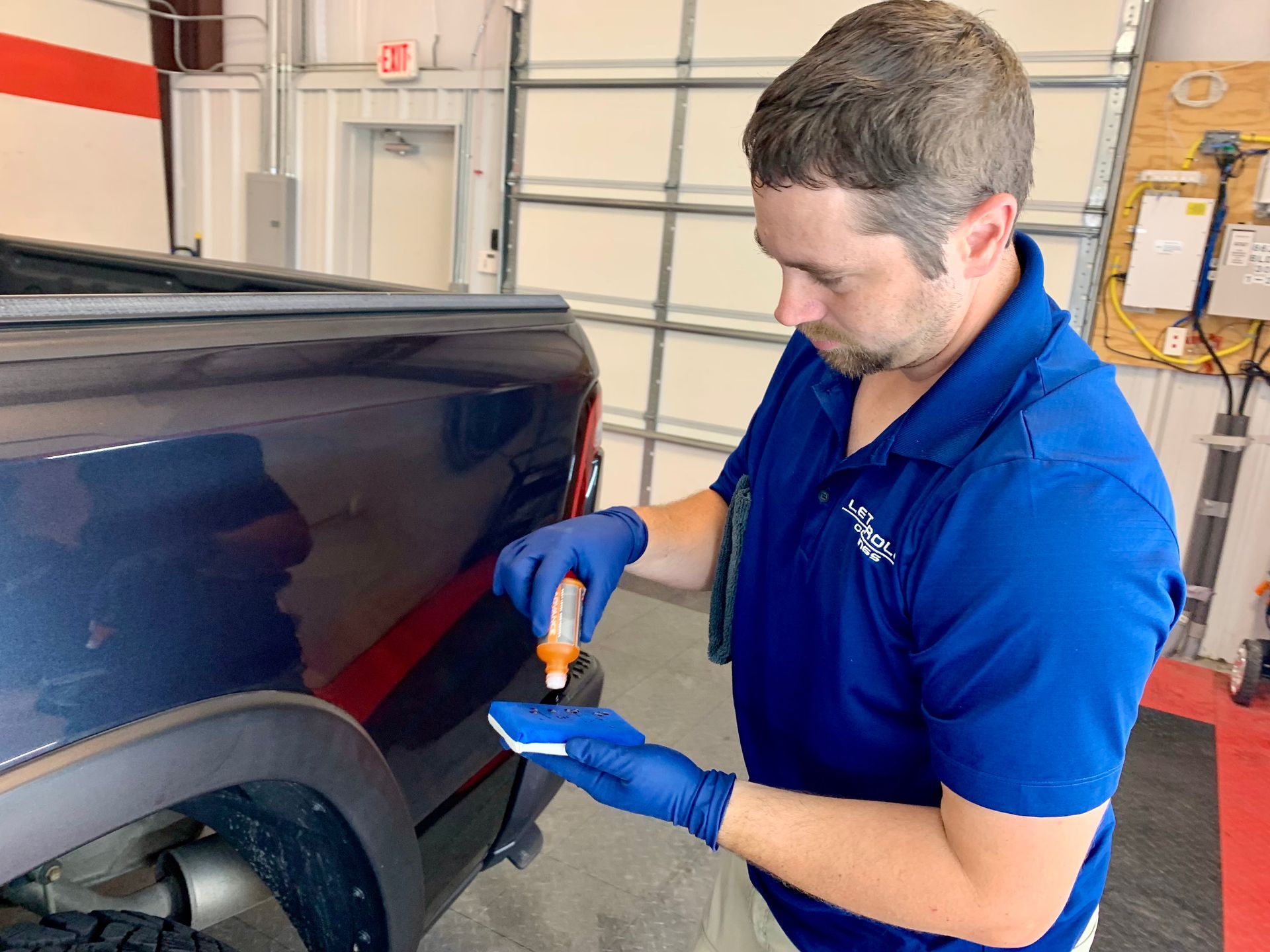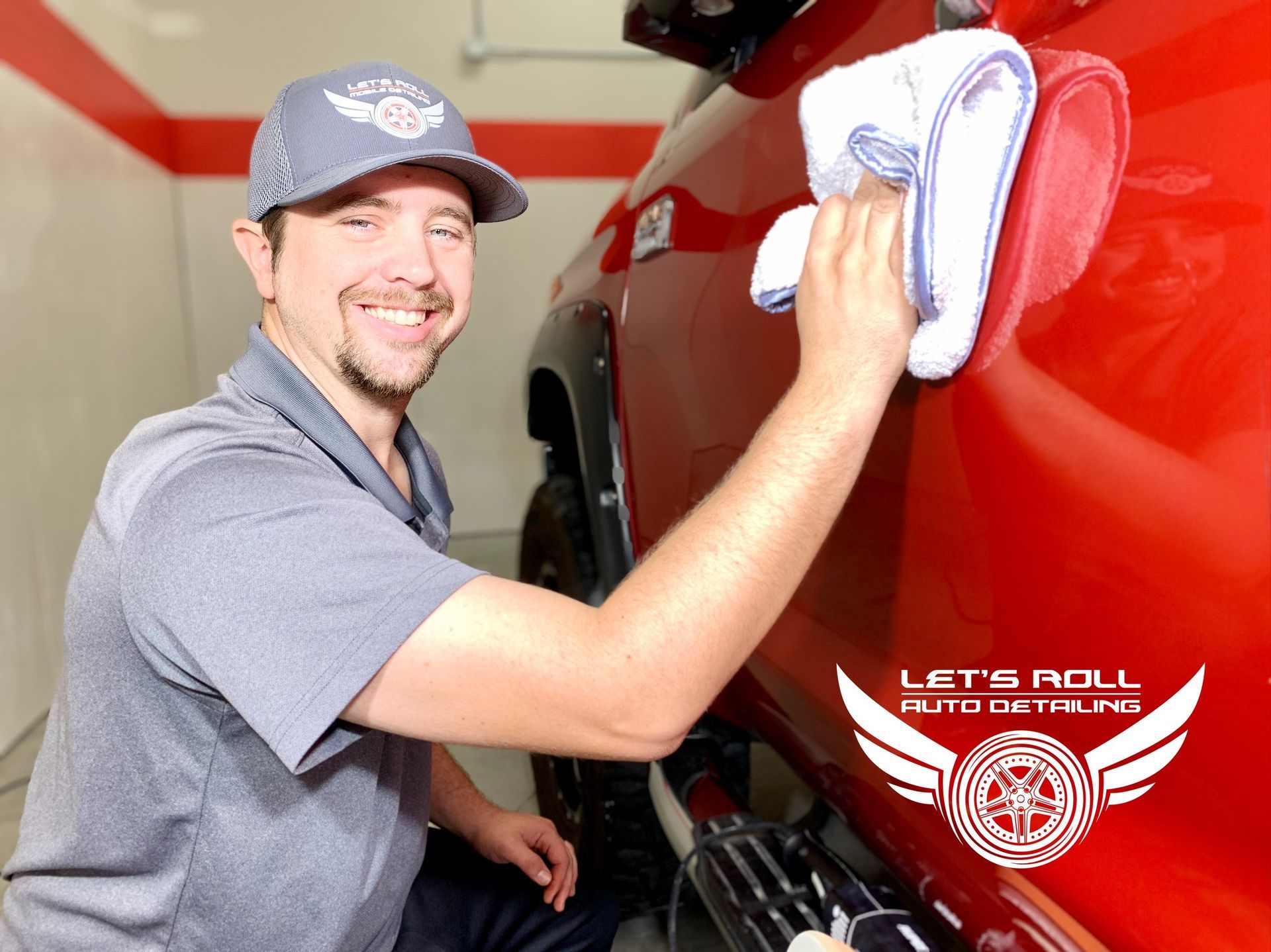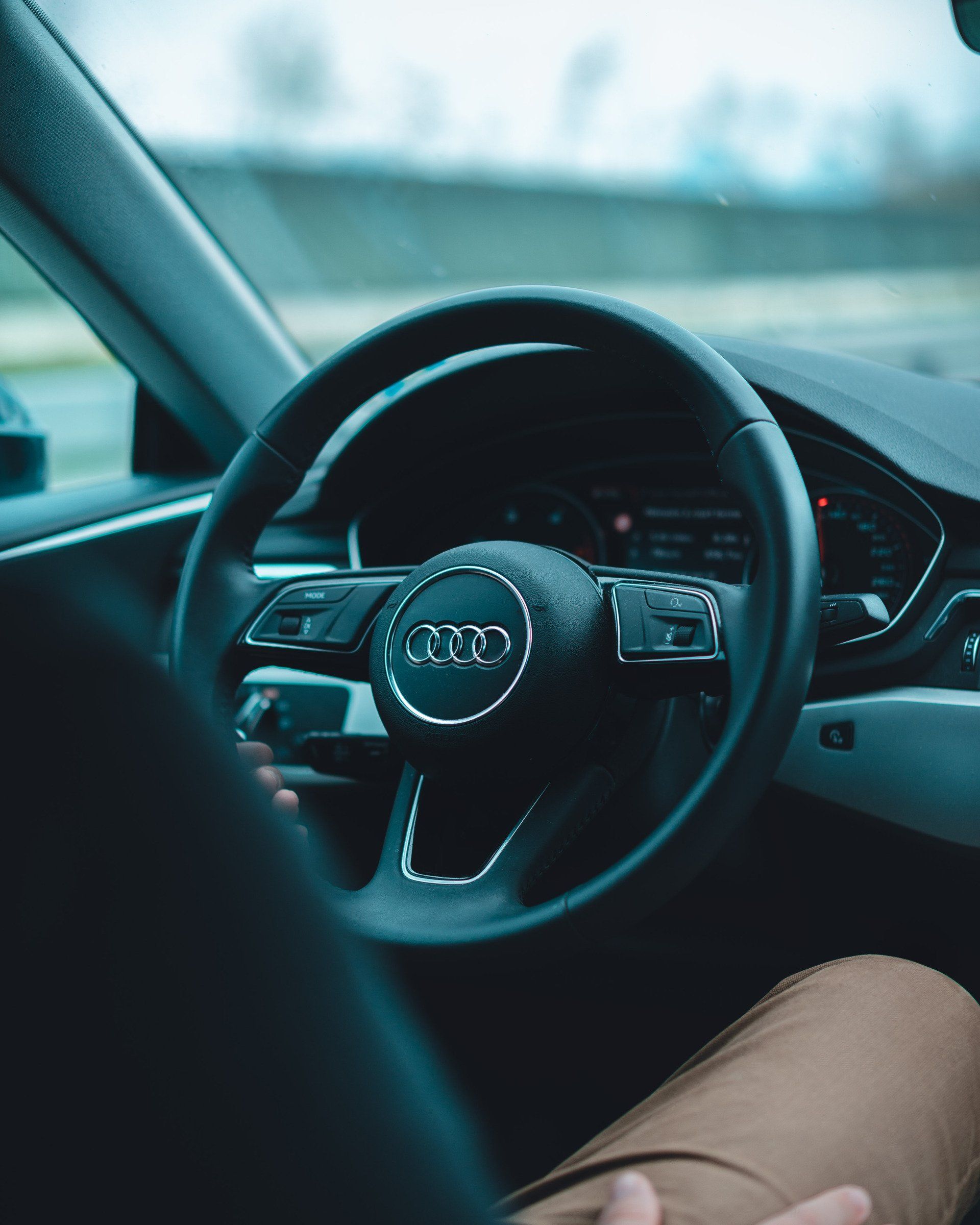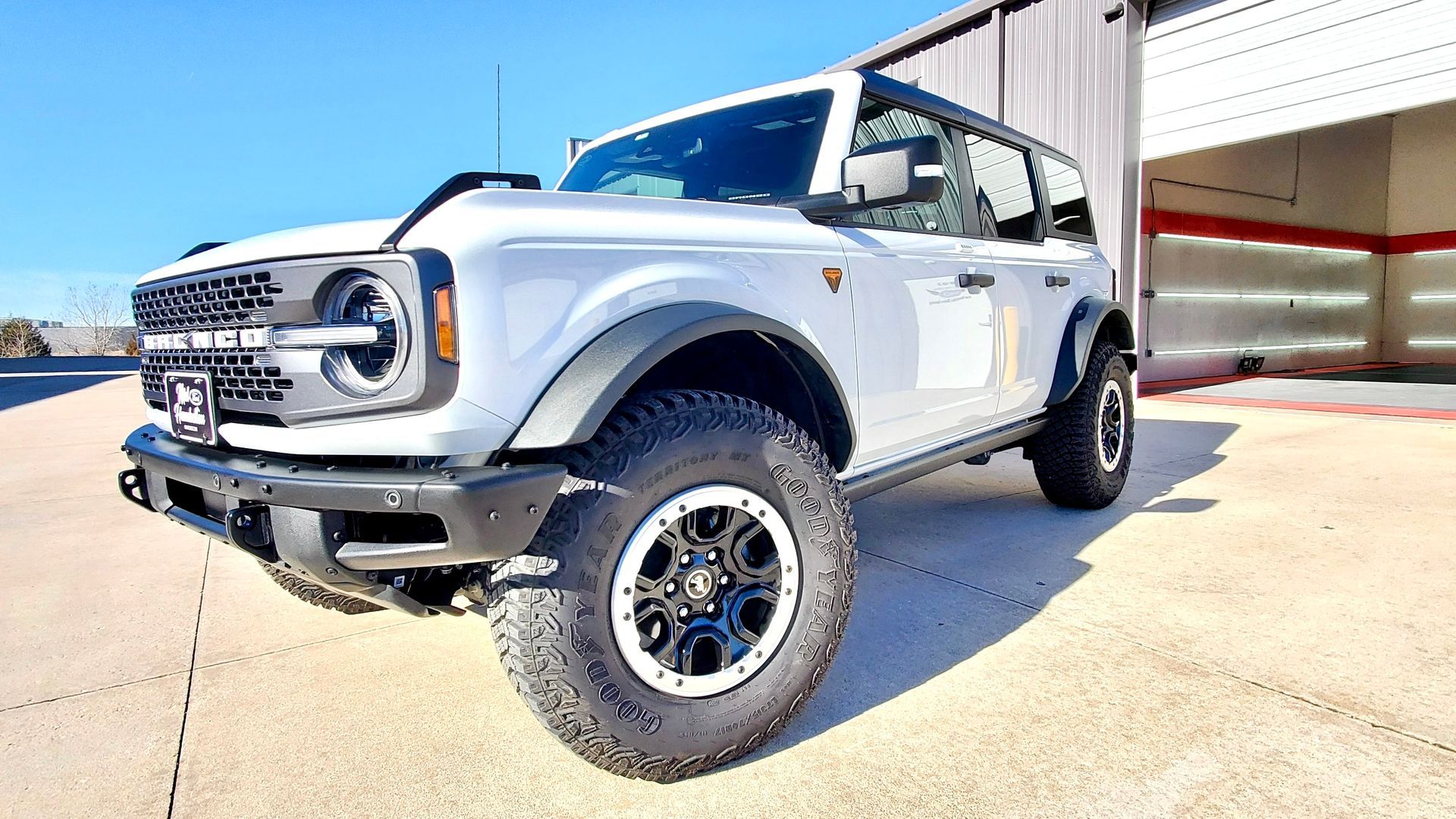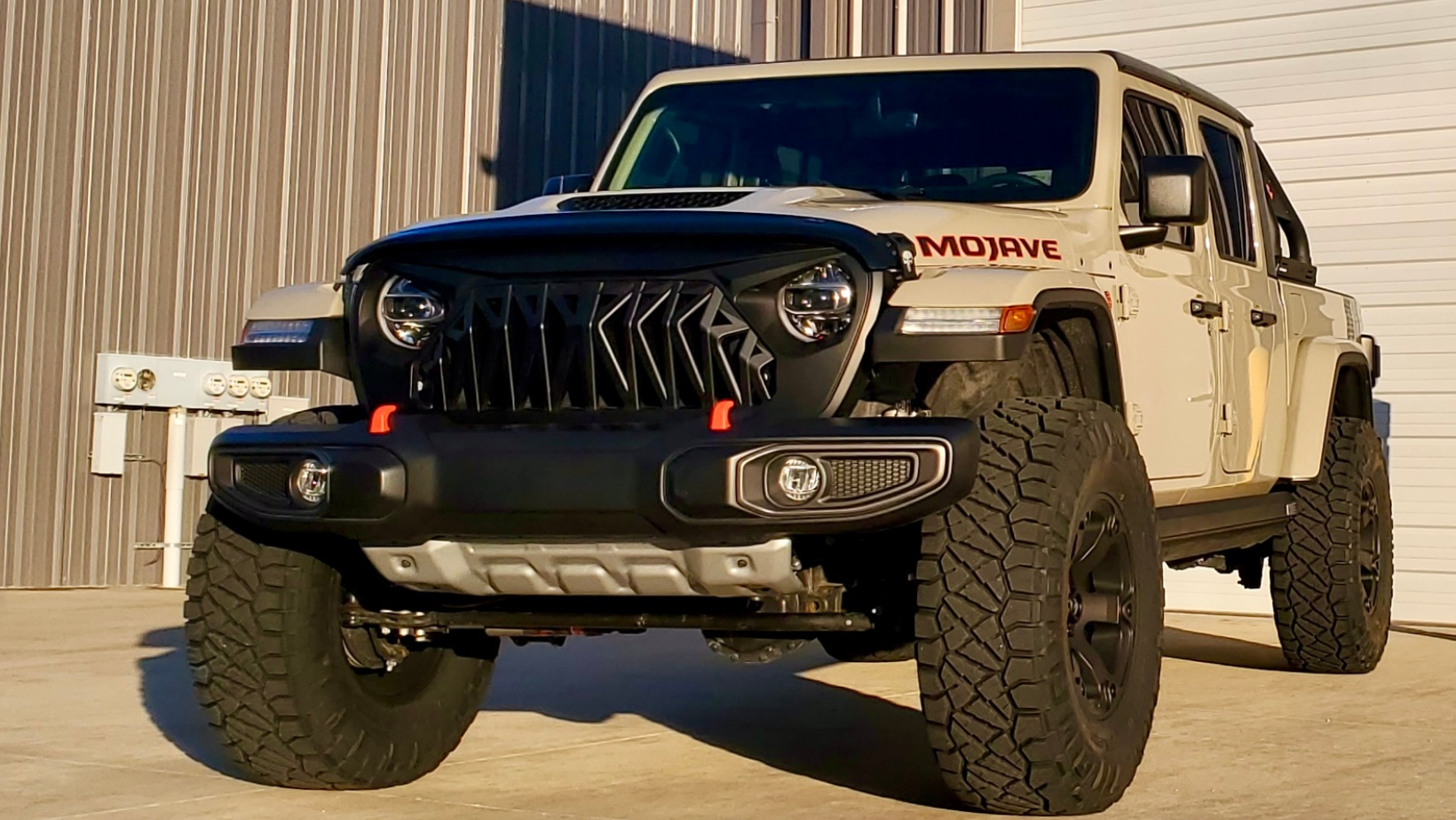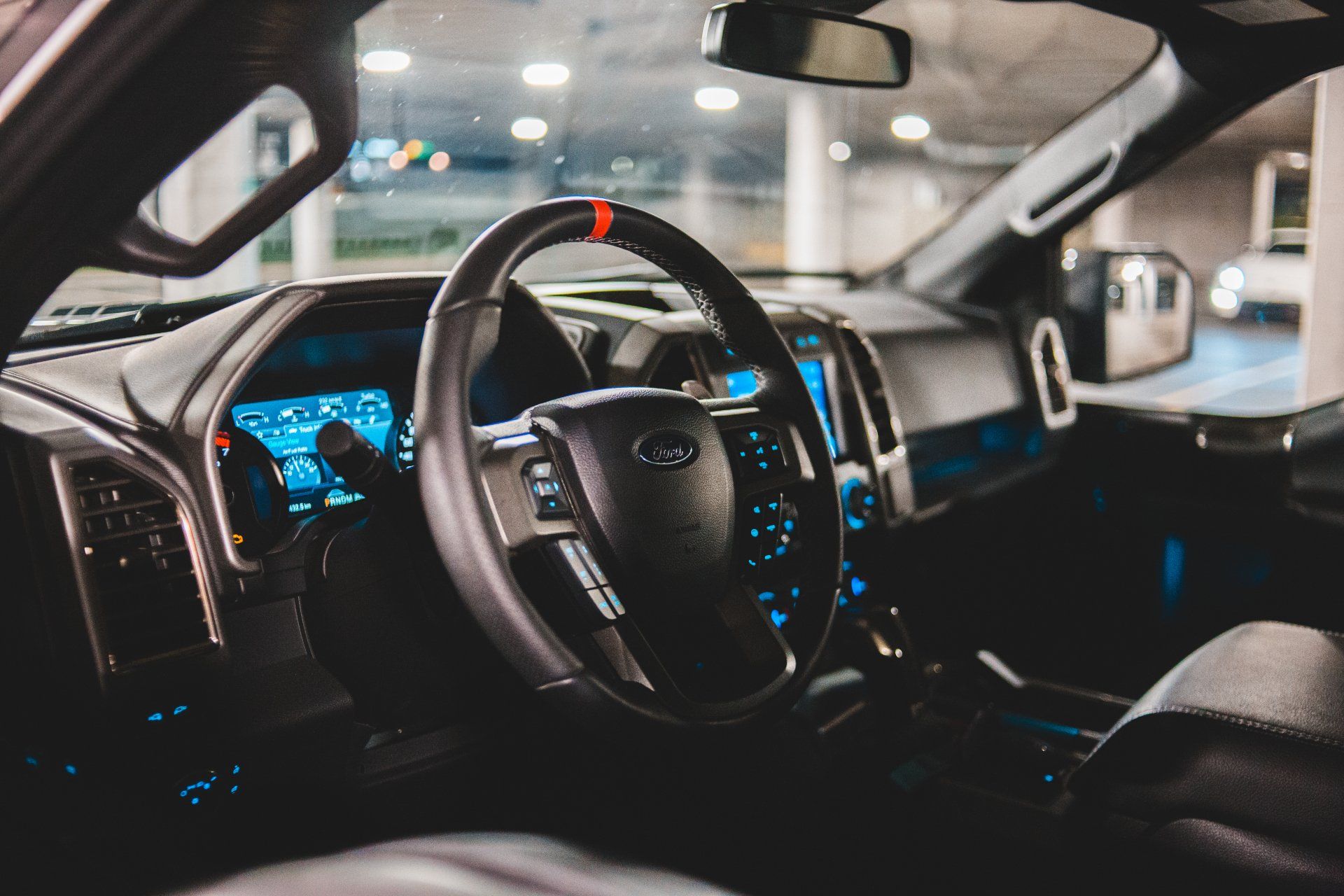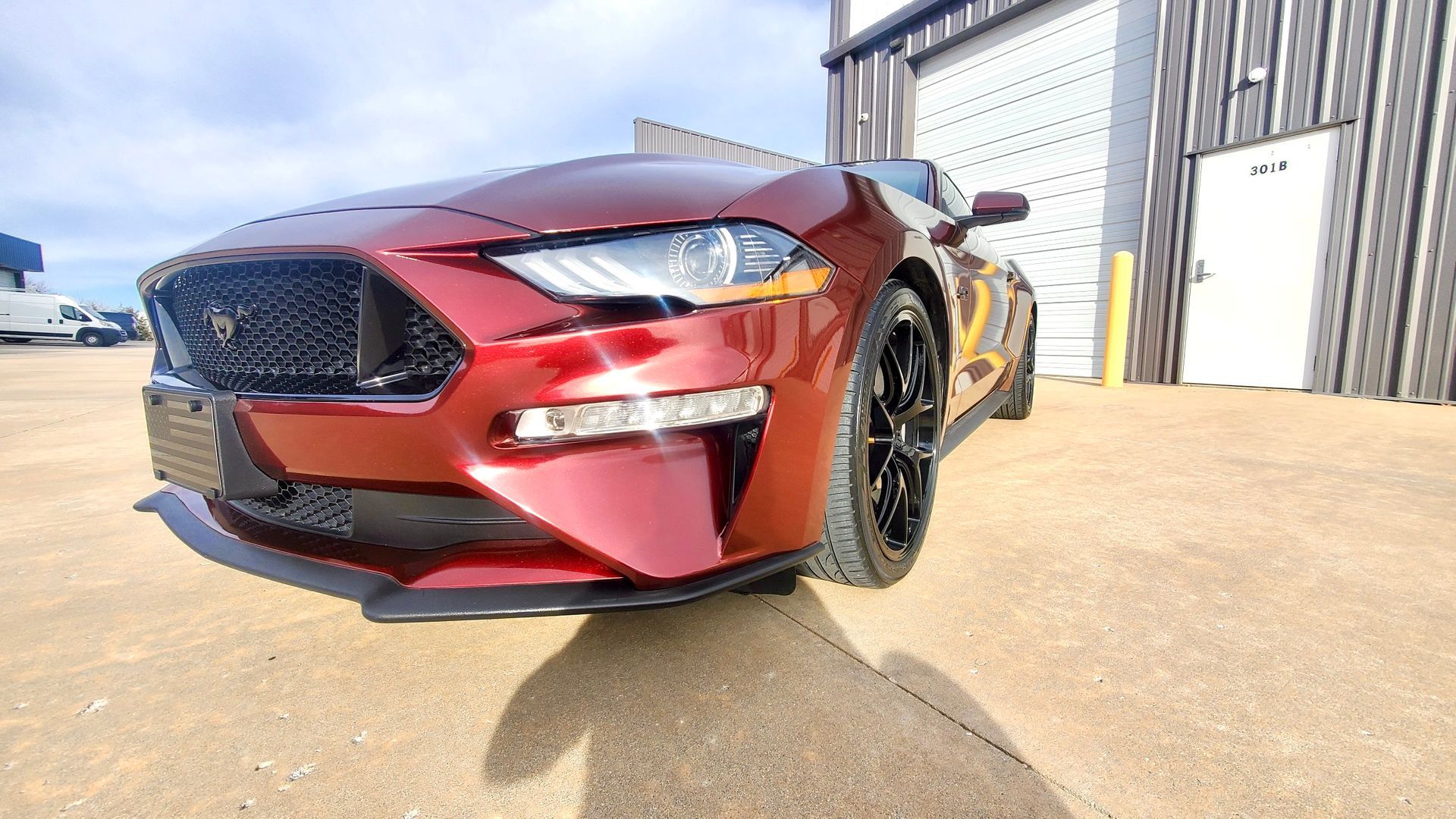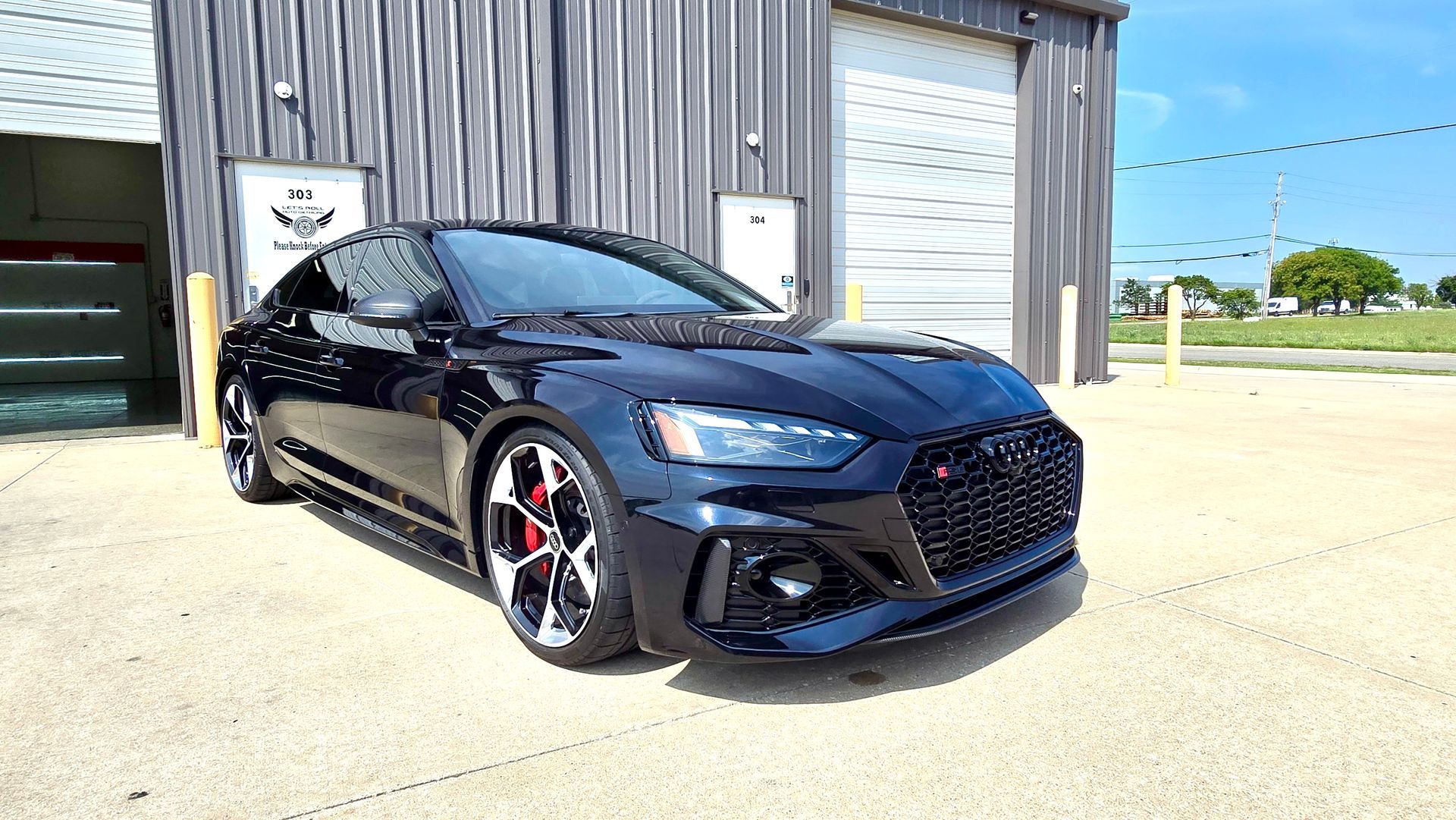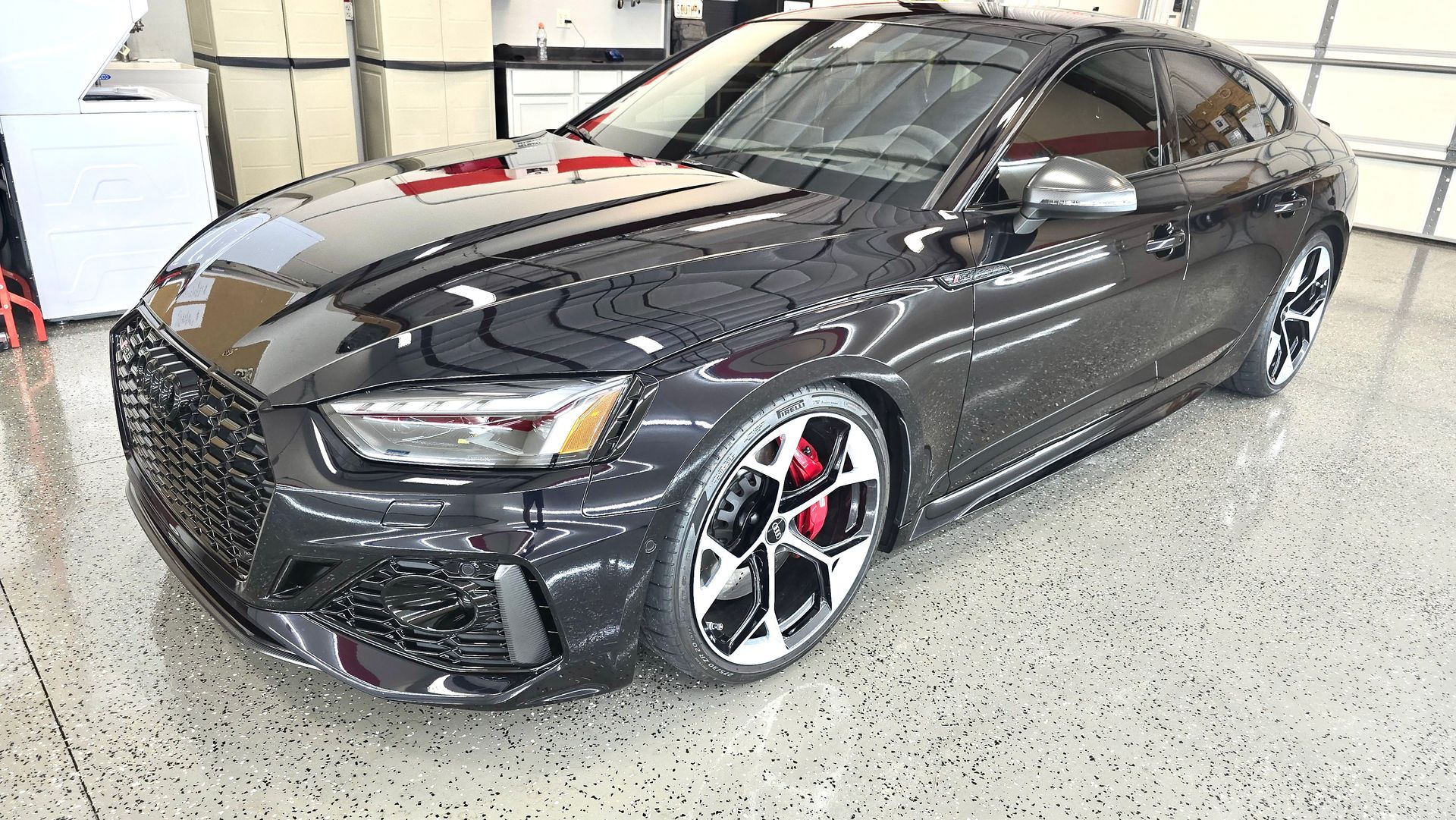How Long Does Ceramic Coating Last on Cars? The Ultimate Guide to Durability and Maintenance
When it comes to keeping your car looking sharp and protected, you might have heard a lot about ceramic coating. But just how long can you expect this high-tech shield to last? It’s a question many car owners grapple with, as they want both value for their money and assurance that their investment will stand the test of time. After all, protecting the paint doesn’t just make your ride shine; it can also save you from costly repairs down the line. Let's dive deeper into the world of ceramic coatings, exploring what they are, how they work, and the factors that influence their durability.
Ceramic coatings typically last between 2 and 5 years, depending on various factors such as the type of coating applied and the maintenance practices used. With exceptional products, some claims suggest a lifespan of up to ten years; however, proper upkeep is essential to achieving maximum durability.
What is Ceramic Coating?
Ceramic coating is essentially a high-tech liquid polymer that you apply to your vehicle's exterior. The magic happens when this coating chemically bonds with the car’s factory paint, creating a strong layer of protection. This bond forms a formidable barrier against various environmental threats such as dirt, UV rays, and chemical stains. Most notably, one of its standout features is its hydrophobic properties, which means that water and other liquids simply slide off the surface rather than adhering to it.
Imagine washing your car only to find dirt and grime clinging stubbornly to the surface. With ceramic coating, this struggle becomes a thing of the past. The hydrophobic nature allows rainwater and other contaminants to bead up and roll off with ease, making your regular car wash not only faster but also more effective. In essence, less time cleaning means more time enjoying your ride!
However, while ceramic coatings hold significant advantages, their effectiveness heavily relies on proper application and thorough maintenance practices. A poorly applied coat can lead to unsatisfactory results in terms of protection and longevity. Therefore, understanding the key factors that contribute to a successful application is just as essential as knowing what ceramic coatings can do for your vehicle.
At its core, ceramic coating contains silica dioxide (SiO2), which is a compound known for providing exceptional hardness. It gives these coatings their strength and durability, often rated at 9H on the pencil hardness scale. The thickness of these layers generally ranges from 1 to 3 microns; this measurement might seem small but plays a crucial role in efficacy. Investing in ceramic coating enhances your vehicle’s aesthetic appeal while ensuring long-term protection against wear and damage—a vital aspect for any vehicle owner eager to preserve their car's pristine condition.
Comparing Ceramic Coating to Wax
When deciding between ceramic coatings and traditional wax for your vehicle, it's essential to understand their key differences. While both provide protection for your vehicle's paint, ceramic coatings offer superior durability, performance, and ease of maintenance. Here’s a breakdown of how they compare:
- Durability: Traditional car wax offers a temporary shield, lasting between one and three months. In contrast, ceramic coatings are a long-lasting solution, offering protection for two to five years, depending on the product and maintenance.
- Protection Against Damage: Ceramic coatings are significantly more durable than traditional wax. They protect your car from chips, swirls, and environmental hazards and also minimize damage from UV rays and chemical stains that can cause paint to age prematurely.
- Ease of Maintenance: Waxing is a simple process, but it requires frequent reapplication—usually every month or so. In contrast, ceramic coatings require an initial professional application, but maintenance is much easier, with reapplication only needed every six to twelve months.
- Long-Term Cost and Effort: While wax is easy to apply yourself, it requires constant upkeep, leading to more time and money spent over time. Ceramic coatings, though requiring professional installation initially, reduce the frequency of maintenance, providing long-term value and protection for your vehicle's exterior.
While both options have their benefits, ceramic coatings offer a more robust, durable, and low-maintenance solution compared to traditional wax. If you’re looking for lasting protection and reduced upkeep, investing in a ceramic coating is a smarter choice for your vehicle.
Factors Influencing Coating Longevity
When it comes to the longevity of your ceramic coating, several key factors contribute to its lifespan. Environmental conditions, maintenance practices, and the quality of the coating itself all play significant roles. Below is a breakdown of these crucial factors that will help you understand how to maximize the life of your ceramic coating.
- Environmental Conditions: Environmental factors, especially UV radiation, can significantly affect the durability of your ceramic coating. Prolonged exposure to the sun, especially in areas with abundant sunshine, can reduce the coating's effectiveness by 20–30%. Additionally, corrosive elements like acid rain and bird droppings can compromise the protective layer, making your investment less effective. Regular exposure to UV light may degrade the coating by 15% annually, highlighting the importance of garage storage or using vehicle covers when possible.
- Proper Maintenance Practices: Regular maintenance is critical to extending the life of your ceramic coating. Proper washing techniques, such as the two-bucket wash method, help prevent wear down the protective layer. Using separate buckets for soapy water and rinsing ensures that dirt does not return to the vehicle's surface, preventing damage. Additionally, avoiding harsh chemicals and using mild soaps designed for ceramic coatings preserves their integrity while ensuring a thorough clean.
- Quality of the Ceramic Coating: The quality of the ceramic coating itself plays a large role in how long it lasts. High-quality coatings, especially those with 9H hardness ratings, can last anywhere from five to ten years with proper application and maintenance. On the other hand, lower-grade coatings may only last one to three years under similar conditions. Knowing the quality of your investment will help you understand the level of care needed to maximize its durability.
Regular care not only ensures your vehicle looks great but also guarantees that the coating remains functional for its full intended lifespan. Understanding the signs that your ceramic coating may need attention is crucial for maintaining its integrity. By paying attention to these markers and adhering to best practices, you can ensure that your vehicle's exterior remains protected and pristine.
Signs of Wear and Tear
Recognizing the signs of wear and tear on your car’s ceramic coating can be likened to noticing the first signs of wear on your favorite pair of shoes. Just as you wouldn’t wait until they are completely worn through to start caring for them, you shouldn’t ignore warning signs on your vehicle. The longevity of your ceramic coating largely depends on how well you maintain it, so being attentive to subtle changes is crucial.
Visual Indicators
- Loss of Hydrophobic Properties: One of the first noticeable signs is how water behaves on the surface. When your car is freshly coated, water beads up beautifully, rolling off with ease. Over time, however, if you notice that water begins to spread out rather than bead, this indicates a weakening in the hydrophobic properties of the coating.
- Surface Dullness: If your car's paint starts looking lackluster and loses its initial gloss, this deterioration may point to a breakdown of the coating. A healthy ceramic finish not only protects but also enhances the paint's glossy appearance. If it appears duller than usual, that could signal an erosion worth addressing.
- Oxidized Paint: Another sign of coating degradation is the development of oxidized paint. Oxidation appears as a chalky or faded appearance on the paint’s surface, typically caused by prolonged exposure to environmental elements. If your car’s paint begins showing these signs, it’s an indication that the protective layer may no longer be effective, requiring either restoration or reapplication of the ceramic coating.
Staying informed about these indicators is essential, as they encourage proactive measures regarding maintenance or reapplication. Regular washing with proper techniques will help preserve its life; however, when you start seeing these signs, don’t hesitate to consult with professionals who can assess the need for a top-up or complete reapplication.
Best Practices for Maintenance
Achieving a perfect shine after washing your vehicle relies heavily on proper drying techniques. By using the right tools and following best practices, you can prevent water spots and damage to your ceramic coating, helping maintain that pristine look. Here are some important factors to consider to ensure your vehicle’s ceramic coating remains in top condition.
- Use Microfiber Towels for Drying: Microfiber towels are essential for drying your vehicle after washing. They are gentle on the paintwork and highly effective at absorbing moisture without pushing water around, unlike regular towels. Be sure to keep these towels clean and free of dirt or grit, as contaminants can scratch the surface while drying.
- Regular Washing Routine (1-2 Weeks): It’s important to wash your vehicle every 1-2 weeks to maintain a spotless appearance and preserve the integrity of the ceramic coating. This routine prevents dirt and grime from bonding with the coating, ensuring its effectiveness over time. Regular washing also makes it easier to spot any contaminants that could damage the coating.
- Use pH-Neutral Car Wash Products: For the best results, use pH-neutral car wash products specifically designed for ceramic coatings. These products have a pH value between 6 and 8, which helps protect the coating without degrading it. Avoid harsh chemicals that can erode the protective layer of the ceramic coating, keeping your vehicle’s finish intact.
- Ceramic Coating Maintenance Sprays: To maintain the hydrophobic properties of your coating, use a specialized ceramic coating maintenance spray every three to six months. This spray enhances the protective layer, ensuring that water continues to bead off effectively. It also adds extra protection against environmental elements, keeping your vehicle looking shiny and protected.
- Park in a Garage or Shaded Area: Where you park your vehicle can significantly impact the longevity of your ceramic coating. Keeping your car in a garage or shaded area reduces exposure to harmful UV rays, which can fade both the paint and ceramic coatings over time. Proper parking practices minimize the risks of UV degradation, ensuring your vehicle stays protected for longer.
By following these essential maintenance practices, you can ensure your vehicle maintains its showroom shine and that the ceramic coating continues to provide optimal protection. Consistent care and attention will help preserve your investment and keep your vehicle looking impeccable.
Evaluating the Value of Ceramic Coating
When considering a ceramic coating, weigh both its initial cost and its long-term benefits. The upfront price can be daunting—ranging from $500 to $2,500 depending on the vehicle size and quality of the product—but the lasting effects often overshadow this concern. Think about your car's paintwork: a pristine finish not only enhances aesthetic appeal but also maintains resale value. With traditional waxing requiring frequent applications every month or so, it’s crucial to analyze how much time and money a ceramic coating can ultimately save you.
Long-Term Cost Savings
The financial calculus of choosing a ceramic coating versus wax is straightforward when you break down the maintenance. Though wax may appear more affordable initially, with costs from approximately $20 to $100, its short lifespan of 1-3 months means repeated applications will pile up over time. In contrast, ceramic coatings last significantly longer, generally ranging between 2 and 5 years, thanks to their durability and protective properties against elements such as UV rays and acid rain.
Evaluating these savings can shift your perspective on what constitutes value in automotive care. For instance, if you consider a typical car owner who spends $50 on waxing each month, that adds up to around $600 annually—with limited effectiveness. On the other hand, investing in a quality ceramic coating could provide you financial relief in both servicing costs and time saved from constant upkeep. While the initial investment in ceramic coating may seem high, its longevity and protection capabilities present an economically sound choice for maintaining your vehicle’s appearance and value over years to come.
Ceramic Coating Excellence in Wichita, KS
Protect your vehicle’s finish and enhance its brilliance with the
expert ceramic coating services at Let’s Roll Coatings in Wichita, KS. Our advanced ceramic coatings provide an unmatched shield against harsh weather, environmental contaminants, and UV damage while delivering a glossy, mirror-like shine that lasts for years. Trust our skilled professionals to apply this cutting-edge technology with precision and care, ensuring your investment stays protected and stunning. Schedule your ceramic coating service today and enjoy the confidence of a flawlessly protected vehicle! Call us at (316) 295-0787 to get started!

